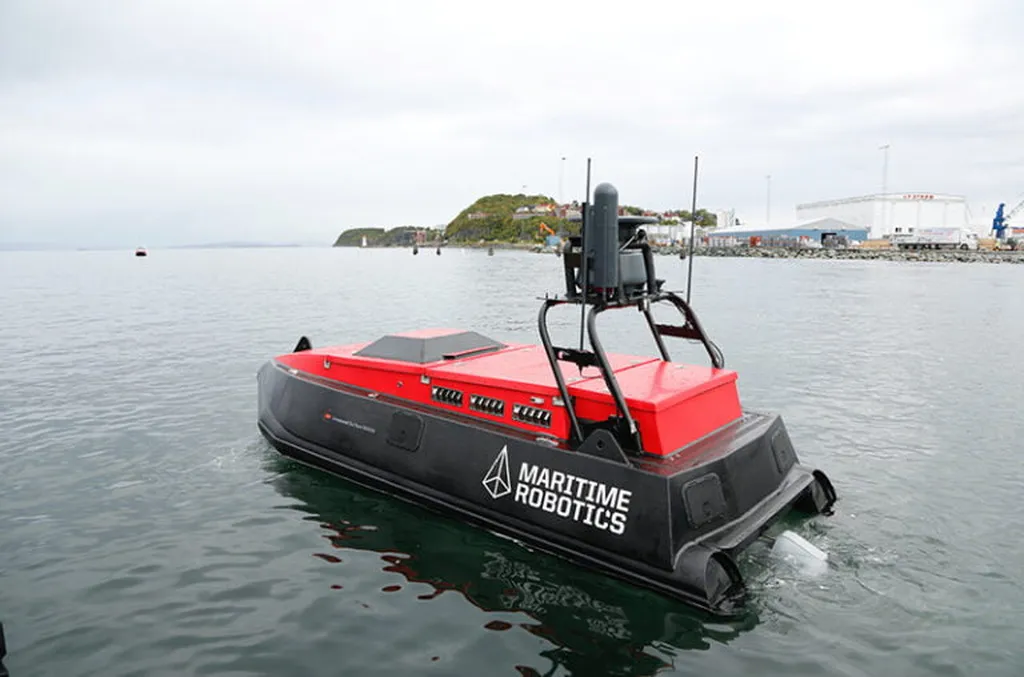Researchers at the Norwegian University of Science and Technology (NTNU) have developed a cutting-edge testbed designed to accelerate the development and validation of Maritime Autonomous Surface Ship (MASS) technologies. Led by Emir Cem Gezer, Mael Korentin Ivan Moreau, Anders Sandneseng Høgden, Dong Trong Nguyen, Roger Skjetne, and Asgeir Sørensen, this innovative infrastructure combines digital and physical testing environments to bridge the gap between simulation and real-world deployment.
The researchers identified a critical challenge in the development of autonomous shipping technologies: the high cost and safety risks associated with testing algorithms on actual vessels. While simulations offer a safer and more cost-effective alternative, they often fail to capture the nuances of real-world dynamics. To address this, the team developed an in-house testbed that integrates small-scale model ships, a comprehensive simulation environment, and a digital twin in Unity. This setup allows for the development, testing, verification, and validation of MASS algorithms in a controlled laboratory setting.
The testbed includes a variety of small-scale model vessels, each equipped with high-fidelity simulation models. This allows researchers to test and refine their algorithms in a virtual environment before moving to physical models in the laboratory basin. The digital twin in Unity provides a visual and interactive representation of the testbed, enabling researchers to monitor and control experiments in real-time. This integrated approach ensures that the algorithms are thoroughly tested and validated before being deployed on larger, more expensive vessels.
One of the key advantages of this testbed is its scalability. Researchers can start with high-fidelity simulations, progress to model-scale testing in the laboratory basin, and eventually move to semi-full-scale validation with the R/V milliAmpere1 and full-scale validation with the R/V Gunnerus. This step-by-step validation process ensures that the algorithms are robust and reliable, reducing the risks and costs associated with real-world testing.
The development of this testbed represents a significant advancement in the field of maritime autonomy. By providing a streamlined and accessible testing environment, the researchers aim to accelerate the development of autonomous shipping technologies. This infrastructure not only benefits academic research but also has practical applications for the marine sector, offering a cost-effective and safe method for validating autonomous ship algorithms.
The researchers’ work highlights the importance of integrating digital and physical testing environments to overcome the challenges of developing autonomous shipping technologies. By bridging the gap between simulation and real-world deployment, this testbed paves the way for safer, more efficient, and environmentally friendly maritime operations. Read the original research paper here.

